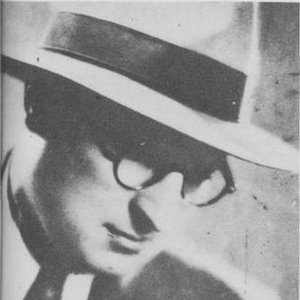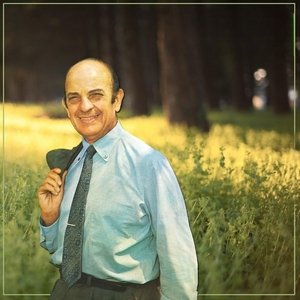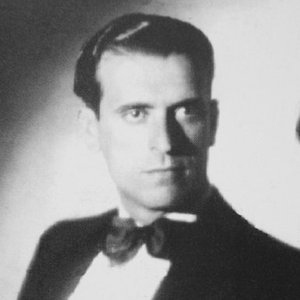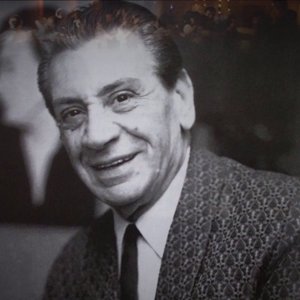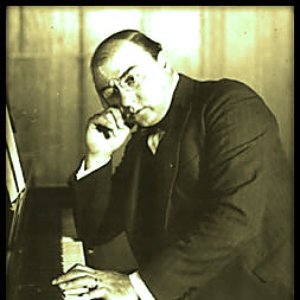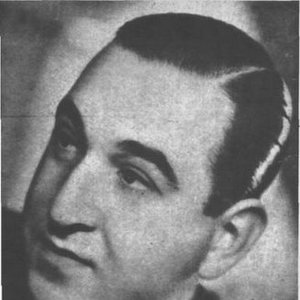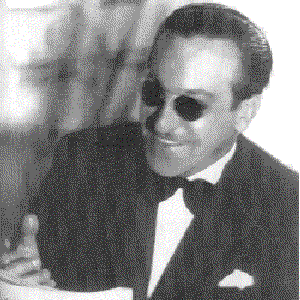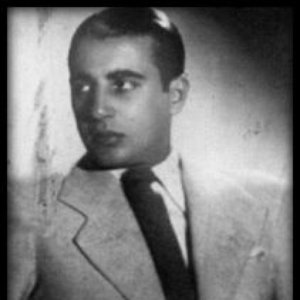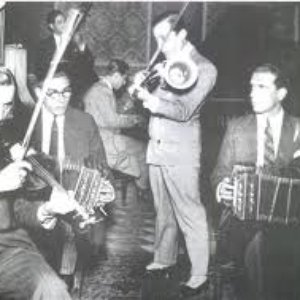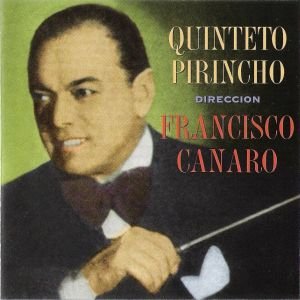Biography
-
Born
14 May 1906
-
Born In
Buenos Aires, Argentina
-
Died
24 September 1969 (aged 63)
Rodolfo Alberto Biagi was born in the Buenos Aires district of San Telmo on March 14, 1906 to Sixto & Ana Maria Gil Landaburu. At the age 13 he graduated from the Conservatory de la Prensa where he had originally studied to be a concert violinist but gradually had converted to the piano. After earning his first money accompanying the silent films (from the piano keyboard) shown at the Colon cinema he was invited by the legendary Juan "Pacho" Maglio to play in his orchestra at barely 15 years of age, sharing the lectern with the celebrated viloinist Elvino Vadaro. In the ensuing years Biagi played in such notable orchestras of Miguel Orlando, Juan Batista Guido, & Juan Canaro.
In 1930, playing at the Maipu Pigall cabaret, he was discovered by the tango king Carlos Gardel who was a habitual client of that establishment. Gardel invited Biagi to accompany him on some recordings which happened on April 1, 1930: "Yo Naci para Ti, Tu Seras para Mi" (foxtrot), "Aromas de Cairo" (vals), "Aquellas Farras" (tango), & "Viejo Smoking" (tango). After this recording experience, Carlos Gardel offered him a trip to Europe as his accompanist, but Biagi chose to remain in Buenos Aires where he continued playing with the various orchestras for the next 5 years (also touring Brazil).
By 1935, Biagi had developed a personal style which had reached its zenith. Also at this time, the Argentine nation was experiencing a difficult socio-economic & political situation which had affected the tango so much so that it began to fade away, dissolving many orchestras. The invasion of "strange" foreign rhythms propitiated by the ruling classes of the nation & supported by a docile middle class contributed much to this 'dilema'. The tango had reached a point where its appeal as popular music had declined greatly as well as the interest in dancing to its then current rhythms.
In this same troubled year (1935), Rodolfo Biagi was contracted by Juan D`Arienzo to replace his parting pianist Luis Visca. This union proved to be nothing short of a phenomenon, the 'shot in the arm' for Tango desperately needed at the time, a 'miracle' as considered by many. Biagi with his nervous, aggresssive style earned him the nickname "Manos Brujas" (Magic Hands) and complemented perfectly the flambouyant personality of D`Arienzo. Their 'new ' rhythmic' style, though highly criticized at first was welcomed with open arms by the dancers who would return to the dance floors in great numbers and, growing steadily, would lay the foundation for the great resurgence of the 1940s. Many new tango orchestras geared for dancing would also result feeding into this whole new phenomenal tango 'happening', with the milongas growing extensively in numbers throughout Buenos Aires. And throughout the world today, in the new milenium, new tango dancers are discovering Biagi, D`arienzo & these same orchestras for the first time through the magic of technology.
Finally, in 1938 Biagi left D`Arienzo to form his own group and continued for many years, not only as a performer/orchestra leader/arranger, but also contributing many compositions, among which his creation "Golgota" is considered to be his fundamental work. He also incorporated various singers into his group, as became the popular style of the 1940s. Among them were: Jorge Ortiz, Teofilo Ibanez, Alberto Amor, Andres Falgas
Artist descriptions on Last.fm are editable by everyone. Feel free to contribute!
All user-contributed text on this page is available under the Creative Commons Attribution-ShareAlike License; additional terms may apply.

